
Deutsch-Chinesische Enzyklopädie, 德汉百科
 France
France
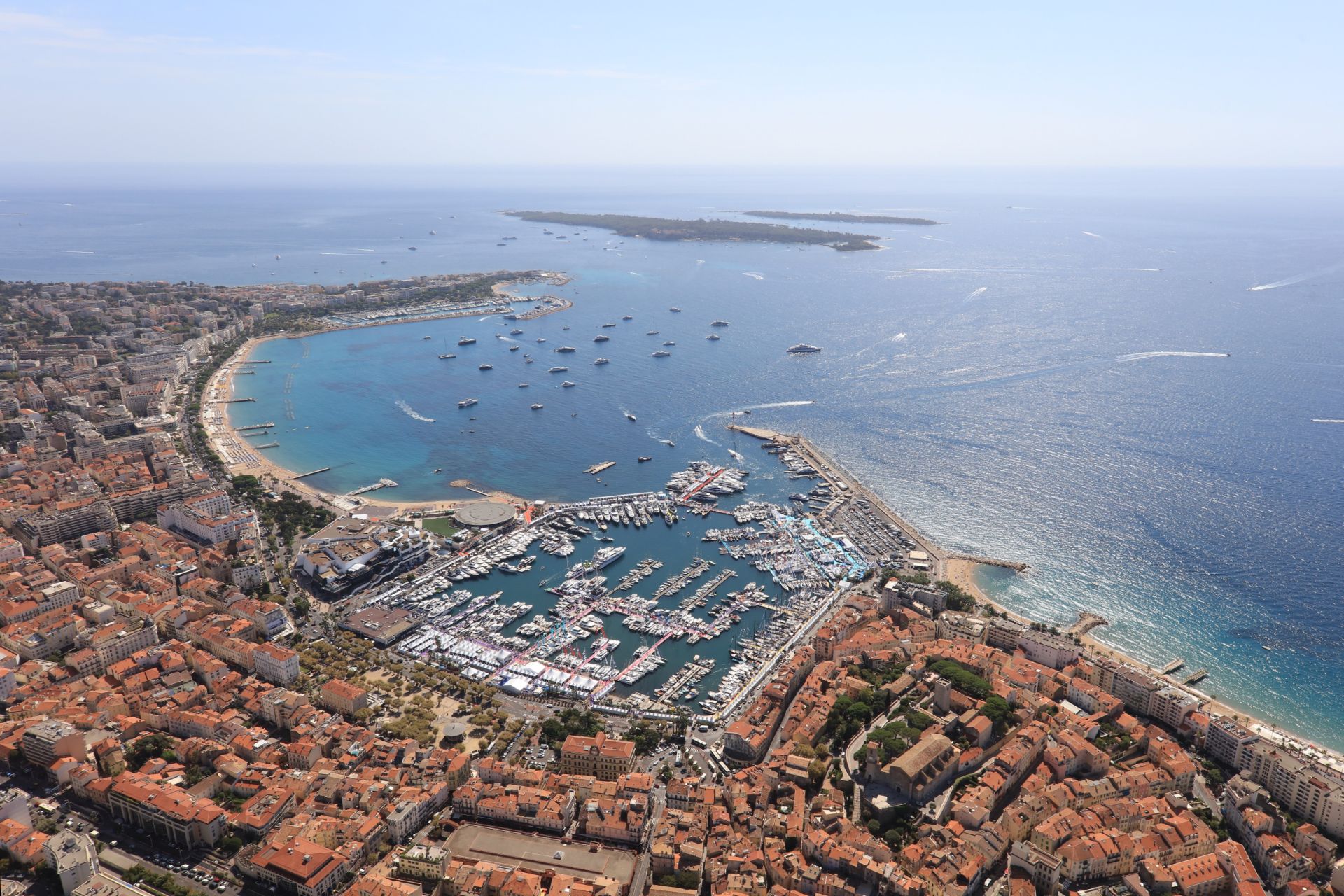
Cannes —(Canas en écriture classique (originelle) du provençal et Cano en écriture mistralienne (phonétique) provençal) est une commune française de la communauté d'agglomération Cannes Pays de Lérins située dans le département des Alpes-Maritimes, en région Provence-Alpes-Côte d'Azur. Ses habitants sont appelés les Cannois.
Village de pêcheurs ligure pendant l’Antiquité, liée aux légendes de Saint-Honorat et de l’homme au masque de fer sur les îles de Lérins au large de la baie de Cannes, station climatique et balnéaire de la Côte d'Azur au XIXe siècle, la ville prend son essor avec la construction de résidences de villégiature par les aristocrates anglais et russes puis, dès le début du XXe siècle, d'hôtels de luxe destinés aux touristes fortunés, constituant son patrimoine architectural.
Dotée d'une industrie de pointe, d’un petit aéroport d'affaires, de plusieurs ports et d’un palais des congrès, Cannes est aujourd’hui mondialement connue pour ses festivals du film et de la plaisance et pour sa Croisette bordée de quelques palaces.
Cannes (in occitano Canas, in italiano storico Canne) è un comune francese situato nel dipartimento delle Alpi Marittime e la regione Provenza-Alpi-Costa Azzurra. I suoi abitanti si chiamano Cannoli.
Stazione balneare della Costa Azzurra, Cannes è universalmente conosciuta per il suo Festival del film e la sua passeggiata della Croisette. Terza città del dipartimento per popolazione dopo Nizza ed Antibes, ha potuto pertanto svilupparsi al margine della stagione turistica e del festival.
Cannes [kan], en francés, Canas en occitano, es una ciudad y comuna francesa situada en el departamento de Alpes Marítimos, en la región de Provenza-Alpes-Costa Azul. Es uno de los centros de la turística región de la Costa Azul o Riviera francesa y sede anual de su célebre festival europeo de cine internacional.


卡尔卡松(法语:Carcassonne,法语发音:[kaʁ.ka.sɔn]),法国南部城市,奥克西塔尼大区奥德省的一个市镇,也是该省的省会和人口第二多的城市[2]。卡尔卡松位于奥德省中北部,奥德河畔[3],是这一地区的政治文化中心,其市镇面积为65.08平方公里,2017年1月1日时的人口数量为46,031,在法国城市中排名第144位。
卡尔卡松因同名的城堡而闻名,该城堡位于奥德河右岸,始建于罗马时期,是欧洲体量最大的城堡之一,曾为这一地区重要的防御工事,直到1659年,比利牛斯条约将边境的鲁西永大省割让给法国,该城堡在战略上的重要性才逐渐消失[4]。1997年,卡尔卡松城堡被纳入联合国教科文组织的世界文化遗产[5]。
此外,流经卡尔卡松的米迪运河也是法国南部重要的旅游景点之一。除观光业之外,卡尔卡松的经济活动还包括酿酒、纺织、制鞋等行业。
Carcassonne (okzitanisch: Carcassona) ist eine Gemeinde mit 46.031 Einwohnern (Stand 1. Januar 2017) in Südfrankreich und Präfektur des Départements Aude. Sie ist Sitz des Gemeindeverbands Carcassonne Agglo mit über 105.000 Einwohnern. Ihr Wahrzeichen ist die mittelalterliche, auf einem Hügel der Altstadt gelegene, als Cité von Carcassonne bezeichnete Festung.
Carcassonne liegt etwa 70 Kilometer nordwestlich von Perpignan an einer alten Handelsstraße zwischen Mittelmeer und Atlantik. Die Stadt liegt an den Flüssen Aude und Fresquel und wird vom Canal du Midi durchquert.
カルカソンヌ (Carcassonne) は、フランス南部のオクシタニー地域圏ラングドック地方に属するオード県の県庁所在地である。カルカッソンヌとも表記する[1]。古代ローマ時代には要塞に囲まれた都市機能の基盤が形成され、中世にはさらに外側にもう一重の要塞が建設されて、この二重の防備が施された丘の上の城塞都市であるシテ(cité, またはville haute)を核として、オード川をはさんで展開した下街(ville basse)との二層の区域が合わさって発展した欧州最古の城塞都市である。
シテを覆う城塞は19世紀に建築家のウジェーヌ・エマニュエル・ヴィオレ・ル・デュクにより修復されており、シテは「歴史的城塞都市カルカソンヌ」の名で1997年にユネスコの世界遺産に登録された。約40人が暮らす。
街の名前カルカソンヌは、カール大帝がこの都市の攻略をあきらめ退散するときに、当時街を治めていたカルカス (Carcas) が勝利の鐘を鳴らした (sonner) ことに由来するという伝説がある。またこのときに篭城した市民が家庭に残っていた食材である豆、雑穀、豚や腸詰や鴨などの鳥獣肉を持ち寄りまとめて大鍋に入れ煮込んだものがカルカソンヌの名を冠したカスールという鍋料理:カスレのルーツになったと言われている。
Carcassonne (/ˌkɑːrkəˈsɒn/,[2][3] also US: /-ˈsɔːn, -ˈsoʊn/,[4] French: [kaʁkasɔn] (![]() listen), locally: [kaʁkasɔnə]; Occitan: Carcassona [kaɾkaˈsunɔ]; Latin: Carcaso) is a French fortified city in the department of Aude, in the region of Occitanie. A prefecture, it has a population of about 50,000.
listen), locally: [kaʁkasɔnə]; Occitan: Carcassona [kaɾkaˈsunɔ]; Latin: Carcaso) is a French fortified city in the department of Aude, in the region of Occitanie. A prefecture, it has a population of about 50,000.
Inhabited since the Neolithic, Carcassonne is located in the plain of the Aude between historic trade routes, linking the Atlantic to the Mediterranean Sea and the Massif Central to the Pyrénées. Its strategic importance was quickly recognized by the Romans, who occupied its hilltop until the demise of the Western Roman Empire. In the fifth century, it was taken over by the Visigoths, who founded the city. Its strategic location led successive rulers to expand its fortifications until the Treaty of the Pyrenees in 1659.
Its citadel, known as the Cité de Carcassonne, is a medieval fortress dating back to the Gallo-Roman period and restored by the theorist and architect Eugène Viollet-le-Duc in 1853. It was added to the UNESCO list of World Heritage Sites in 1997.[5] Consequently, Carcassonne relies heavily on tourism but also counts manufacturing and winemaking as some of its other key economic sectors.
Carcassonne Écouter est une commune française, préfecture du département de l'Aude dans la région Occitanie.
Au dernier recensement de 2017, la commune comptait 46 031 habitants appelés les Carcassonnais. Carcassonne est la ville principale de la Carcassonne Agglo 111 452 habitants (2016), de l'aire urbaine de Carcassonne 98 318 habitants (2013)1 et de son unité urbaine qui compte 49 257 habitants (2013).
Occupée depuis le Néolithique, Carcassonne se trouve dans la plaine de l'Aude entre deux grands axes de circulation reliant l'Atlantique à la mer Méditerranée et le Massif central aux Pyrénées.
La ville est connue pour la Cité de Carcassonne, ensemble architectural médiéval restauré par Viollet-le-Duc au XIXe siècle et inscrit au patrimoine mondial de l'UNESCO depuis 19972.
Carcassonne (AFI: [kaʁ.ka.sɔn]; in occitano Carcassona), in italiano Carcassona[2][3] (/karkasˈsona/; anticamente Carcasciona[2]) è una città francese situata nel dipartimento dell'Aude, del quale è capoluogo, nella regione dell'Occitania, famosa per la ricostruzione ottocentesca della sua cittadella fortificata in stile medievale.
Carcasona (Carcassonne en francés, Carcassona en occitano) es una comuna francesa, capital del departamento del Aude, en la región de Occitania, situada en el sur de Francia, a medio camino entre Perpiñán y Toulouse.
La ciudad es conocida por su ciudadela amurallada, un conjunto arquitectónico medieval restaurado por Eugène Viollet-le-Duc en el siglo XIX y declarada en 1997 Patrimonio de la Humanidad por la Unesco.7
Каркасон (фр. Carcassonne, окс. Carcassona — произносится [karkasuno]) — французская коммуна, расположенная в департаменте Од на территории региона Окситания. Город Каркассон является префектурой департамента.
Каркассон делится на старый и новый город. Старый, укреплённый город стоит на скалистой возвышенности и окружён двумя стенами V и XIII столетий. В 1997 году средневековый архитектурный ансамбль был включён в список всемирного наследия ЮНЕСКО.

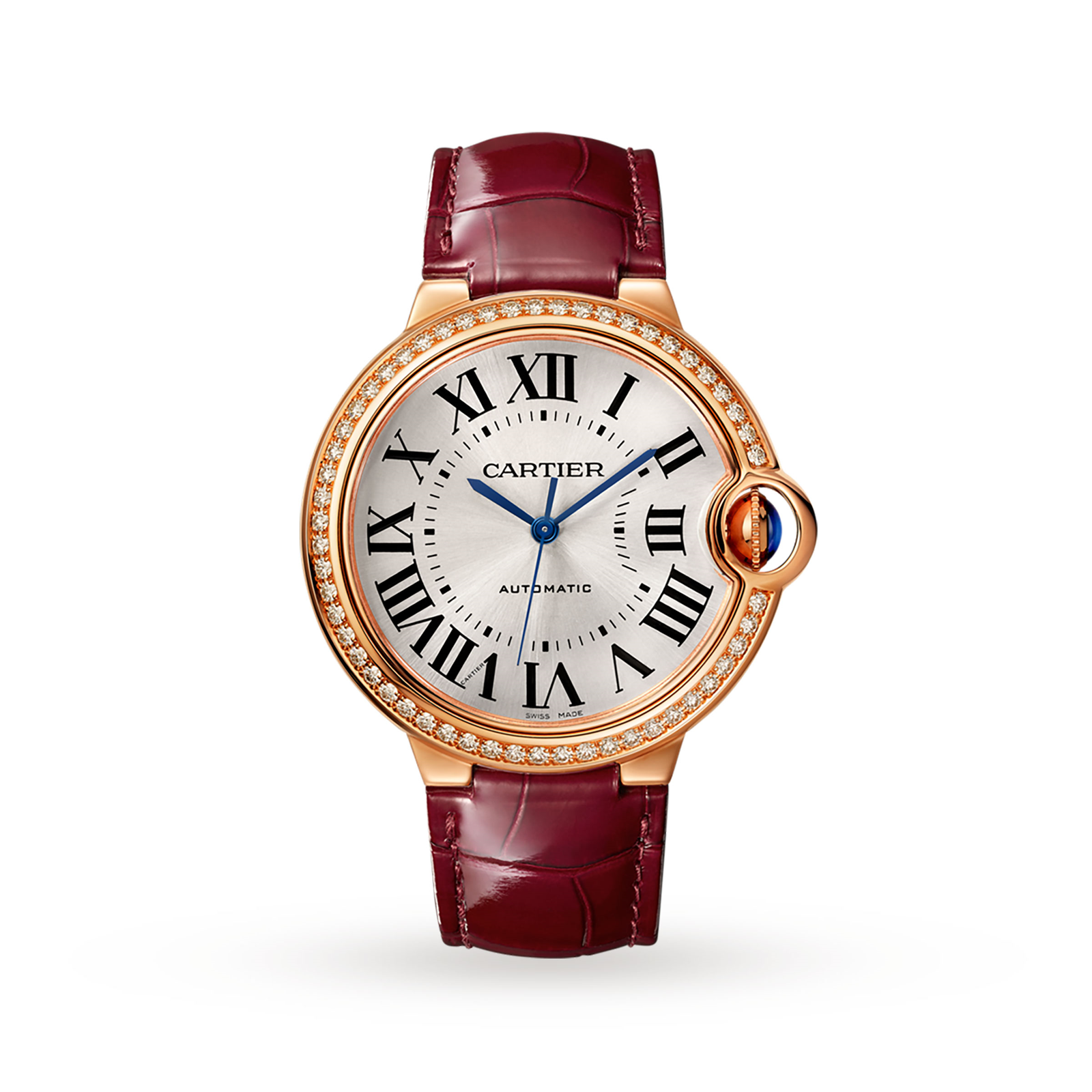
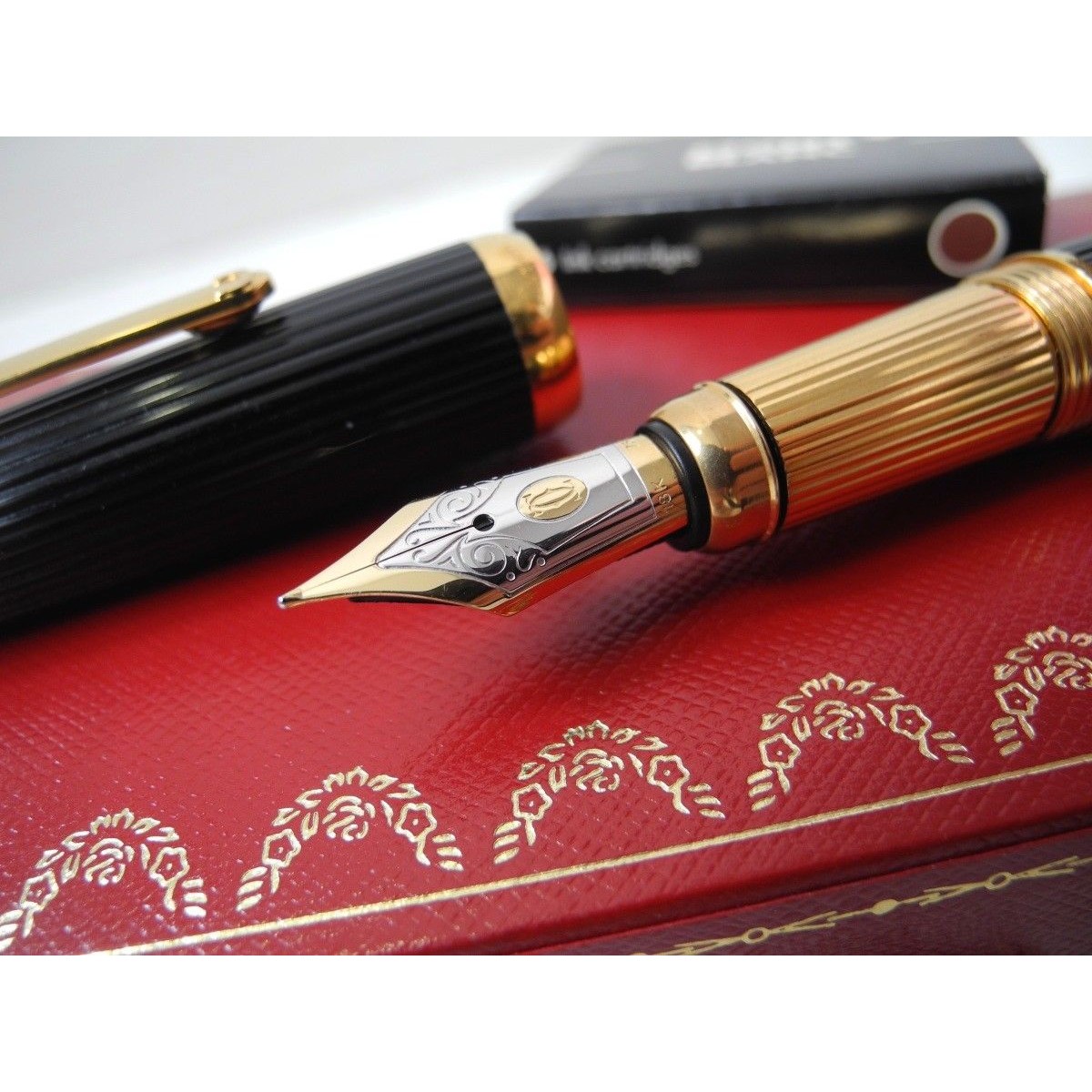
卡地亚,这个被英国国王爱德华七世誉为“皇帝的珠宝商,珠宝商的皇帝”的著名品牌,在150余年中,创作了许许多多光彩夺目的美妙作品。这些作品,不仅是珠 宝腕表创作的精品,而且在艺术上也具有很高的价值,值得欣赏玩味,往往还因曾归属名人,而被蒙上一层传奇色彩。从印度王子订制的巨大项链,到曾与温莎公爵 夫人行影相随的虎形眼镜,以及大文人科克托充满象征符号的法兰西学院佩剑,卡地亚讲述着一个又一个传奇故事。 时至今日,卡地亚的艺术领域不断拓展,旗下产品除饰物钟表外,还包括皮具、香水、书写工具、丝巾、眼镜、打火机,其经典地位屹立不倒。
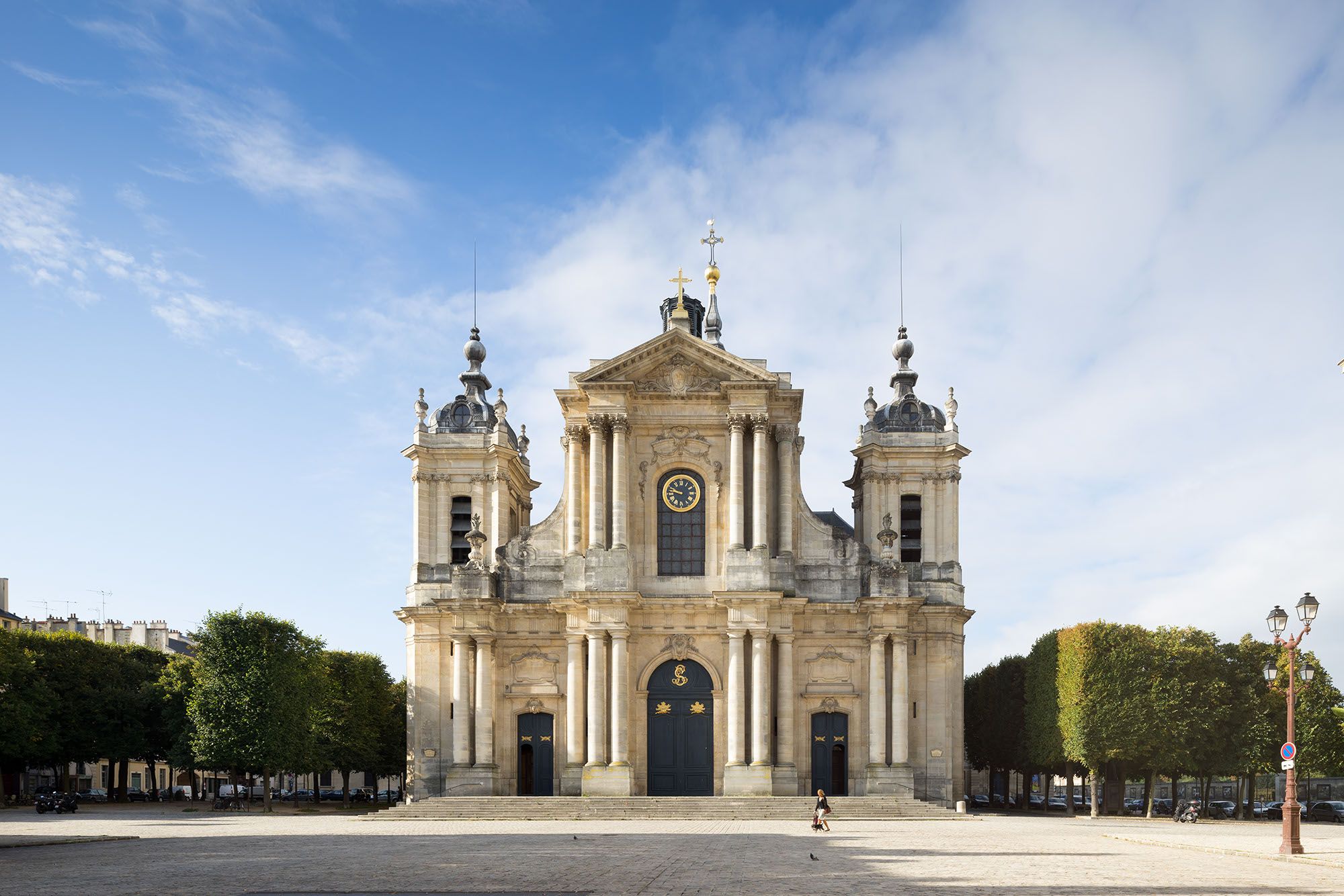

模块化的CATIA系列产品提供产品的风格和外型设计、机械设计、设备与系统工程、管理数字样机、机械加工、分析和模拟。CATIA产品基于开放式可扩展的V5架构。无论是实体建模还是曲面造型,由于CATIA提供了智能化的树结构,用户可方便快捷的对产品进行重复修改,即使是在设计的最后阶段需要做重大的修改,或者是对原有方案的更新换代,对于CATIA来说,都是非常容易的事。
CATIA提供了完备的设计能力:从产品的概念设计到最终产品的形成,以其精确可靠的解决方案提供了完整的2D、3D、参数化混合建模及数据管理手段,从单个零件的设计到最终电子样机的建立;同时,作为一个完全集成化的软件系统,CATIA将机械设计,工程分析及仿真,数控加工和CATweb网络应用解决方案有机的结合在一起,为用户提供严密的无纸工作环境,特别是CATIA中的针对汽车、摩托车业的专用模块。
CATIA提供方便的解决方案,迎合所有工业领域的大、中、小型企业需要。包括:从大型的波音747飞机、火箭发动机到化妆品的包装盒,几乎涵盖了所有的制造业产品。CATIA系列产品在八大领域里提供3D设计和模拟解决方案:汽车、航空航天、船舶制造、厂房设计、建筑、电力与电子、消费品和通用机械制造。
CATIA的竞争对手包括UGNX,Pro/E,Topsolid,Cimatron。其中NX和Pro/E与CATIA可谓三分天下。目前CATIA在设计与工程软件中占有最多的市场份额。这来源于其如此强大的客户来源和军工背景。与其竞争对手相比,CATIA的优势在于赏心悦目的界面,易用而强大的功能,在汽车、航空航天、造船等专用行业强大的功能支持等,IT老大IBM的全球销售合作。
CATIA (Computer Aided Three-Dimensional Interactive Application) ist ein CAD-System der französischen Firma Dassault Systèmes, das ursprünglich für den Flugzeugbau entwickelt wurde und sich heute in verschiedenen Branchen etabliert hat.
Der Konstruktionsprozess umfasst in CATIA die Erstellung dreidimensionaler Modelle sowie die Ableitung dazugehöriger zweidimensionaler Zeichnungen. Darüber hinaus gibt es zusätzliche Module, die Funktionalitäten wie z. B. DMU-Untersuchungen, Kinematik, Kabelbaumkonstruktion, Composite Design, FEM-Berechnungen und NC-Programmierung bieten.
Die Funktionalität gliedert sich in Arbeitsumgebungen bzw. Module (workbenches) nach denen die Befehle geordnet sind:
- Photo Studio: Befehle zur Erzeugung von hochwertigen Renderingbildern
- Real time rendering: Befehle zur Erstellung von Echtzeitrenderingbildern
- Part design: Befehle zur parametrisch-assoziativen Erstellung von Volumenkörpern
- Sheet Metal Design: Blechkonstruktion
- Assembly Design: Befehle zum parametrisch-assoziativen Zusammenfügen von Einzelteilen zu einer „Baugruppe“
- Sketcher: Befehle zum parametrisch-assoziativen Erstellen von Skizzen
- Drafting: Befehle zum Erstellen von druckreifen Zeichnungsblättern
- Structure Design: Befehle zur Erstellung von Metallkonstruktionen
- Freestyle: Befehle zur dynamischen Erstellung von nicht parametrisch-assoziativen Freiformflächen (insbesondere NURBS-Flächen). Dazu zählen vor allem das Erstellen von Kurven (3D-Kurven, Isoparametrische Kurven etc.), das Erstellen von Flächen (4-Punkt-Fläche, Erstellung mittels Extrude, Rotate etc.), das Bearbeiten von Flächen und Kurven (vor allem das Verformen mittels Kontrollpunkten). Darüber hinaus gibt es umfangreiche Analysewerkzeuge (Flächenkrümmungsanalyse, Schnittebenenanalyse, Flächenanalyse mittels Isophoten etc.)
- Generative Shape Design: Befehle zur Erstellung von parametrisch-assoziativen (prozeduralen) Flächen. Dazu gehören vor allem Befehle zum Erstellen von Drahtgeometrie (Punkte, Linien, Kurven etc.), zum Erstellen von Flächen (mittels Extrude, Loft, Sweep etc.), zur Bearbeitung von Flächen (mittels Verrundungen, Verformungen, Bombieren usw.). Des Weiteren gibt es einige Befehle zur Analyse von Flächen (z. B. Flächenkrümmungsanalyse). Bei Bedarf können in weiterer Folge geschlossene Flächenverbände in der Part Design-Arbeitsumgebung in einen Körper umgewandelt werden. Die Assoziativität aus der Generative Shape Design-Arbeitsumgebung bleibt hierbei erhalten.
- Sketch Tracer: Befehle zum Importieren von Bildern als Vorlage zur Modellierung
- Imagine and Shape: Dynamische Freiformmodellierung von Flächen und Volumen auf Grundlage des Subdivision Surface Modeling
- Advanced Meshing Tools: Befehle zur Analyse von Flächen und Volumen auf Grundlage der Finite-Elemente-Methode
Zwischen den Arbeitsumgebungen kann beliebig gewechselt werden.
Die aktuell etablierte Version 5, wie auch die neue Version 3DEXPERIENCE (ex V6) besitzen eine Oberfläche, die von der Menüführung Windows-basierend ist. CATIA liegt in einer echten 64-Bit-Version vor. Ältere Versionen von CATIA V5 sind auch als 32-Bit-Version und (von der Windows-Version portiert) für diverse UNIX-Plattformen verfügbar.
CATIA wird in der Luftfahrt- (u. a. Boeing, Airbus) und Automobilindustrie (u. a. BMW, Mercedes-Benz wechselt auf NX,[1] Volkswagen-Konzern, Renault, PSA, Jaguar-Landrover, Ford, Toyota, Honda) sowie deren Zulieferern (z. B. Continental AG, Brose, Magna, SMP, SMIA) oder auch bei diversen Formel-1-Rennställen (z. B. Mercedes AMG F1 Team, McLaren Racing, Force India, Sauber F1 Team, Williams F1 in Kombination mit NX, Caterham F1 Team) als Standard-CAD-System eingesetzt. Mit CATIA arbeiten aber auch zahlreiche Unternehmen in anderen Branchen: im Energie- und Transportbereich (z. B. Alstom), in der Medizintechnik (z. B. Lawton), im Maschinen-, Anlagen- und Werkzeugbau (z. B. Schuler, Arburg), im Bauwesen (z. B. Gehry Partners), im Schiffbau (z. B. Meyer Werft) und im Konsumgüterbereich (z. B. L’Oréal) sowie in der High-Tech-Branche (z. B. AMD, Clarion Malaysia).

 *Think tanks in France
*Think tanks in France

 Financial
Financial
 *France economic data
*France economic data
 France
France

 Ile-de-France
Ile-de-France

 Party and government
Party and government

 Party and government
Party and government
 *Think Tank
*Think Tank

Das Centre d'Études Prospectives et d'Informations Internationales (wörtlich: "Zentrum für internationale prospektive Forschung und Daten"), im Allgemeinen mit dem Akronym CEPII bezeichnet, ist ein bekanntes französisches Forschungsinstitut für internationale Wirtschaft. Es wird von der Regierung finanziert und gehört zum Amt des Premierministers, innerhalb eines von France Stratégie koordinierten Netzwerks.
Das CEPII verfügt über ein Kernteam von rund 30 Wirtschaftswissenschaftlern. Die vier Hauptforschungsbereiche sind: Faktormärkte und Wachstum; das internationale Finanz- und Währungssystem; die EU-Wirtschaft; internationale Handelsmodelle.

蓬皮杜中心(法语:Centre Georges-Pompidou)全名为蓬皮杜国家艺术和文化中心(Centre national d'art et de culture Georges-Pompidou),是一栋座落于法国首都巴黎第四区的复合建筑,位于蒙特吉尔街、玛莱区及雷阿尔区(Les Halles)附近,蓬皮杜中心也是一栋高科技建筑。
蓬皮杜中心内部包括公共资讯图书馆(Bibliothèque Publique d'Information)、法国国立现代艺术美术馆(Musée National d'Art Moderne)与声学、音乐研究和协作学院(Institut de Recherche et Coordination Acoustique/Musique)。
Centre Georges Pompidou (French pronunciation: [sɑ̃tʁ ʒɔʁʒ pɔ̃pidu]), commonly shortened to Centre Pompidou and also known as the Pompidou Centre in English, is a complex building in the Beaubourg area of the 4th arrondissement of Paris, near Les Halles, rue Montorgueil, and the Marais. It was designed in the style of high-tech architecture by the architectural team of Richard Rogers and Renzo Piano, along with Gianfranco Franchini.
It houses the Bibliothèque publique d'information (Public Information Library), a vast public library; the Musée National d'Art Moderne, which is the largest museum for modern art in Europe; and IRCAM, a centre for music and acoustic research. Because of its location, the Centre is known locally as Beaubourg (IPA: [bobuʁ]).[1][2][3] It is named after Georges Pompidou, the President of France from 1969 to 1974 who commissioned the building, and was officially opened on 31 January 1977 by President Valéry Giscard d'Estaing. As of 2006, the Centre Pompidou has had over 180 million visitors since 1977[4] and more than 5,209,678 visitors in 2013,[5] including 3,746,899 for the museum.[6]
The sculpture Horizontal by Alexander Calder, a free-standing mobile that is 7.6 m (25 ft) tall, was placed in front of the Centre Pompidou in 2012.
Le Centre national d’art et de culture Georges-Pompidou (CNAC) – communément appelé « Centre Georges-Pompidou », « Centre Pompidou » ou « Centre Beaubourg », et familièrement « Beaubourg » – est un établissement polyculturel né de la volonté du président Georges Pompidou, grand amateur d'art moderne, de créer au cœur de Paris une institution culturelle originale entièrement vouée à la création moderne et contemporaine où les arts plastiques voisineraient avec les livres, le design, la musique et le cinéma.
Il est situé dans le quartier Saint-Merri, dans le 4e arrondissement de Paris, entre le quartier des Halles, à l'ouest, et le Marais, à l'est.
Il emploie un millier de personnes et a un budget annuel de cent millions d'euros dont 65 millions de subventions de l'État.
Inauguré le 31 janvier 1977, le centre Pompidou a accueilli, en 2016, plus de 3,3 millions de visiteurs (pour en 2013, plus de 8.2 millions de visiteurs). Au sein du musée national d'Art moderne / centre de création industrielle (MNAM / CCI), il conserve l'une des trois plus importantes collections d'art moderne et contemporain au monde avec celle du Museum of Modern Art de New York et de la Tate Modern de Londres, et la première d'Europe avec 100 313 œuvres de 6 396 artistes au 1er janvier 2014.
Il abrite également d'importantes galeries d'expositions temporaires, des salles de spectacles et de cinéma, et la BPI, première bibliothèque publique de lecture en Europe. De part et d'autre de la piazza, deux bâtiments annexes accueillent l'IRCAM et l'atelier Brancusi.
Depuis le 12 mai 2010, la ville de Metz est dotée d'une antenne décentralisée du centre, le centre Pompidou-Metz1. Entre octobre 2011 et septembre 2013, le Centre Pompidou lance une annexe mobile qui se déplace entre les villes de Chaumont, Cambrai, Boulogne-sur-Mer, Libourne, Le Havre et Aubagne2. En mars 2015, le Centre Pompidou Málaga, premier « Centre Pompidou provisoire » situé à l'étranger, sera accueilli pour cinq ans renouvelables sur 6 300 m2 par « El Cubo » de Málaga en Andalousie, où seront présentées 70 œuvres du musée contre un montant d'un million d'euros par an3.
Le Centre Pompidou s’est associé à la région de Bruxelles-Capitale pour créer dans la capitale belge, Bruxelles, en 2020, un musée consacré à l’art moderne et contemporain ainsi qu'à l'architecture moderne et contemporaine. Cet espace de 30 000 m2 occupera un vaste et lumineux bâtiment Art déco de quatre étages qui abrite depuis les années 1930 un garage Citroën, racheté par la région bruxelloise, qui ne dispose pas de pôle culturel emblématique dédié à l'art contemporain, pour 20,5 millions d'euros au constructeur automobile français. Le Centre Pompidou mettra une partie de ses collections d'environ 120 000 œuvres, dont seuls 10 % sont montrées au public, à la disposition du futur musée. Le nom du musée n'a pas encore été fixé mais "Centre Pompidou" devrait figurer dans la future appellation4,5,6.
Il Centro nazionale d'arte e di cultura Georges Pompidou si trova a Parigi, in Rue Beaubourg 19. In francese è conosciuto anche come Beaubourg. Il progetto dell'edificio è opera di Piano, Franchini e Rogers. Renzo Piano e Richard Rogers hanno gestito il progetto da soli.
Il Centro nacque dalla volontà di Georges Pompidou, presidente della Repubblica francese dal 1969 al 1974, che volle creare nel cuore di Parigi un'istituzione culturale all'insegna della multidisciplinarità, interamente dedicata all'arte moderna, a cui si affiancassero anche una vasta biblioteca pubblica, un museo del design, attività musicali, cinematografiche e audio-visive.
Per questo il Centro comprende una grande biblioteca pubblica, la Bibliothèque Publique d'Information (BPI), il Musée National d'Art Moderne e l'IRCAM, un centro, quest'ultimo, dedicato alla musica e alle ricerche in materia di acustica una cui estensione, progettata nel 1971 da Renzo Piano, è situata a place Igor-Stravinsky, a fianco del Centre Georges-Pompidou. Collocato all'interno dell'edificio è il Centro del design industriale.
Il Centro Georges-Pompidou è stato inaugurato il 31 gennaio 1977[1] dal presidente della Repubblica Valéry Giscard d'Estaing in presenza del Primo ministro Raymond Barre, della vedova di Georges Pompidou, Claude Pompidou, e di numerosi capi di Stato esteri. Alla fine degli anni novanta l'edificio è stato interessato da una radicale ristrutturazione, su progetto di Renzo Piano, e ha riaperto il 1º gennaio 2000.
Oggi è uno dei musei più visitati al mondo[2] e custodisce una collezione di circa 70 mila opere, in cui accanto alle arti visive trovano posto il design, l'architettura, la fotografia e le opere multimediali. Queste opere vengono proposte attraverso forme espositive costantemente rinnovate e vengono spesso accompagnate da cicli di conferenze, incontri, dibattiti, concerti e spettacoli.
Ogni anno il Centro organizza una trentina di esposizioni monografiche o tematiche, raccogliendo in mostre temporanee anche materiale proveniente da altre collezioni.
El Centro Pompidou es el nombre más comúnmente empleado (otros son Beaubourg o Centro Georges Pompidou) para designar al Centro Nacional de Arte y Cultura Georges Pompidou de París (Francia), diseñado por los arquitectos Renzo Piano y Richard Rogers. El edificio, concluido en 1977, fue inaugurado el 31 de enero del mismo año.
El centro alberga el IRCAM, un centro de investigación musical y acústica; la biblioteca (Bibliothèque Publique d'Information) con un aforo de 2.000 personas, abierta al público; y sobre todo el Museo nacional de Arte Moderno (Musée National d'Art Moderne) que posee unas 100.000 obras de arte, una de las colecciones de arte moderno y contemporáneo más completas del mundo junto con el Museum of Modern Art (MoMA) de Nueva York y la Tate Modern de Londres. Entre los artistas representados están: Pablo Picasso, Joan Miró, Brancusi, Modigliani, Matisse, Francis Bacon, Jean Dubuffet, etc.
Fue construido sobre un terreno desocupado cercano al espacio que anteriormente ocupaba el mercado de Les Halles (donde actualmente se realiza la última modificación al sector que alberga el centro comercial Les Halles) durante el mandato del presidente francés Georges Pompidou, el cual falleció antes de que se terminara el edificio. Fue su sucesor, Valéry Giscard d'Estaing, quien lo inauguró en 1977. Rehabilitado entre 1997 y diciembre de 1999, volvió a abrir sus puertas al público el 1 de enero de 2000. Es de uno de los monumentos más visitados de Francia, con cerca de seis millones de visitantes al año.

Das Centre national d'études spatiales (CNES) ist ein Établissement Public à caractère Industriel et Commercial (EPIC), das damit beauftragt ist, das französische Raumfahrtprogramm auszuarbeiten, der französischen Regierung vorzuschlagen und anschließend umzusetzen. Das CNES verfügt über ein Budget von 2,78 Milliarden Euro im Jahr 2020, was immer noch das größte in Europa ist (~41 Euro pro Kopf, zweitgrößter der Welt). Darin enthalten ist der Anteil, der an die Europäische Weltraumorganisation ESA abgeführt wird, deren größter Beitragszahler das CNES ist (1,401 Milliarden Euro im Jahr 2020) und der hauptsächlich für wissenschaftliche Missionen (Astronomie, Erforschung des Sonnensystems, Erforschung der Erde) und für Investitionen in Trägerraketen verwendet wird. Der direkt von der CNES investierte Anteil bezieht sich in der Reihenfolge ihrer Bedeutung auf Trägerraketen und die Verwaltung des Startplatzes Kourou (324 Mio. €, 17 %, im Jahr 2018), militärische Missionen (269 Mio. €, 14 %), wissenschaftliche Missionen (167 Mio. €, 9 %), die Erforschung der Erde in der Regel im Rahmen binationaler Kooperationen (120 Mio. €, 6 %), Entwicklungen rund um Telekommunikations- und Satellitennavigationssatelliten (42 Mio. €, 2 %). Das CNES untersteht der gemeinsamen Aufsicht der Ministerien für Hochschulwesen, Forschung und Innovation sowie für das Militär.
Das CNES wurde auf Initiative von Präsident Charles de Gaulle am 19. Dezember 1961 gegründet, um eine Struktur zur Verfügung zu stellen, die die französischen Raumfahrtaktivitäten, die sich damals auf die Entwicklung der Diamant-Raketen-Trägerrakete konzentrierten, koordinieren und beleben sollte. Das CNES ist auch 2018 noch die größte nationale Raumfahrtagentur der Länder der Europäischen Union.
 International cities
International cities
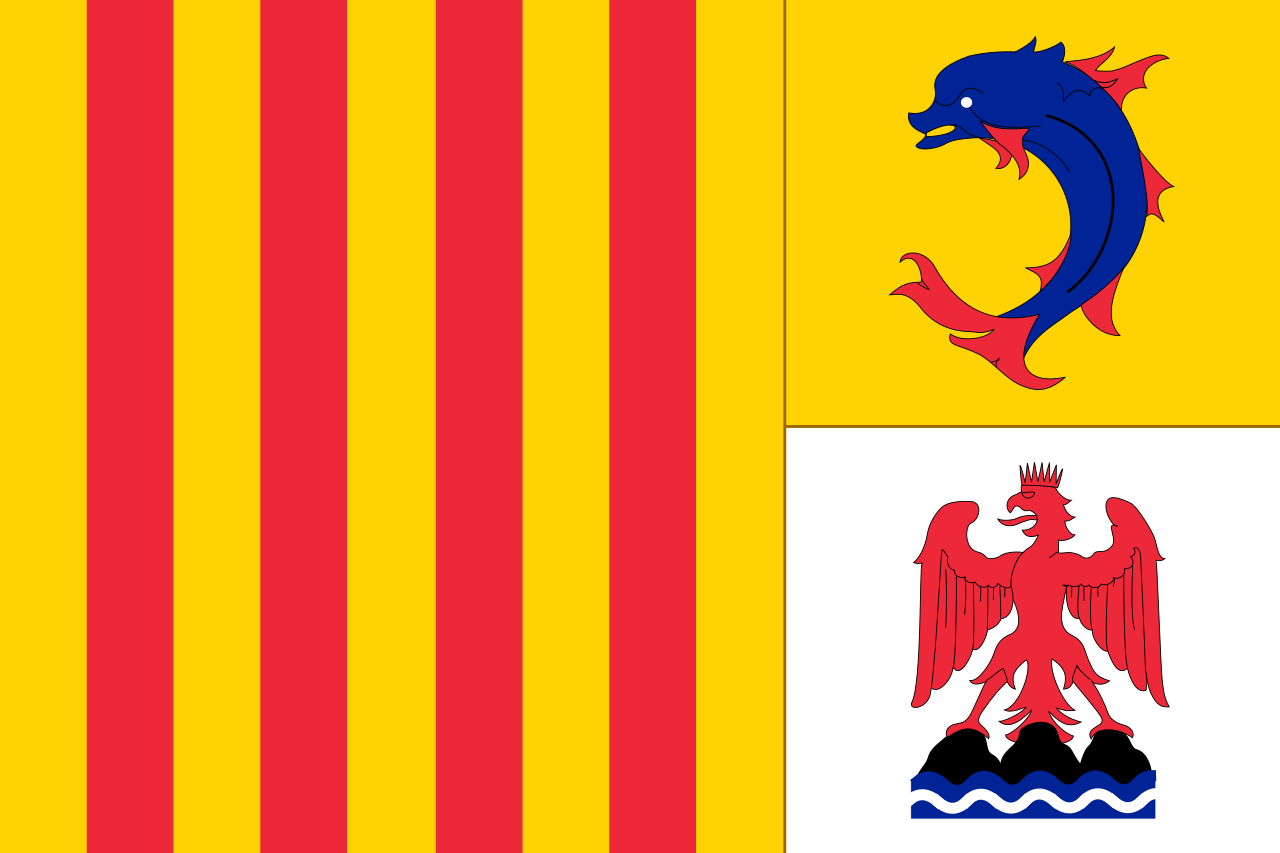 Provence-Alpes-Côte d´Azur
Provence-Alpes-Côte d´Azur
 Companies
Companies

 IT-Times
IT-Times
 History
History
 Architecture
Architecture
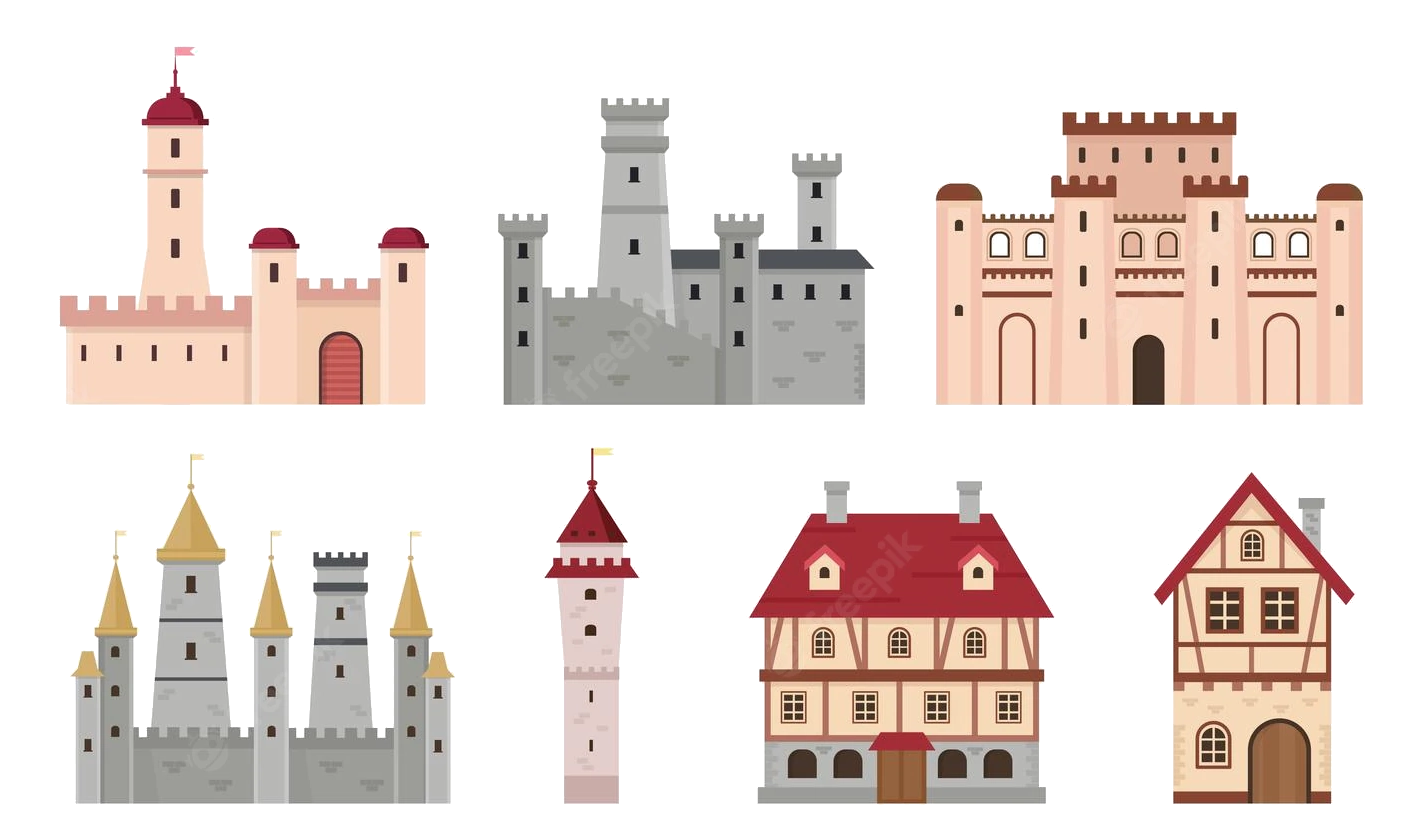 Medieval cities in Europe
Medieval cities in Europe
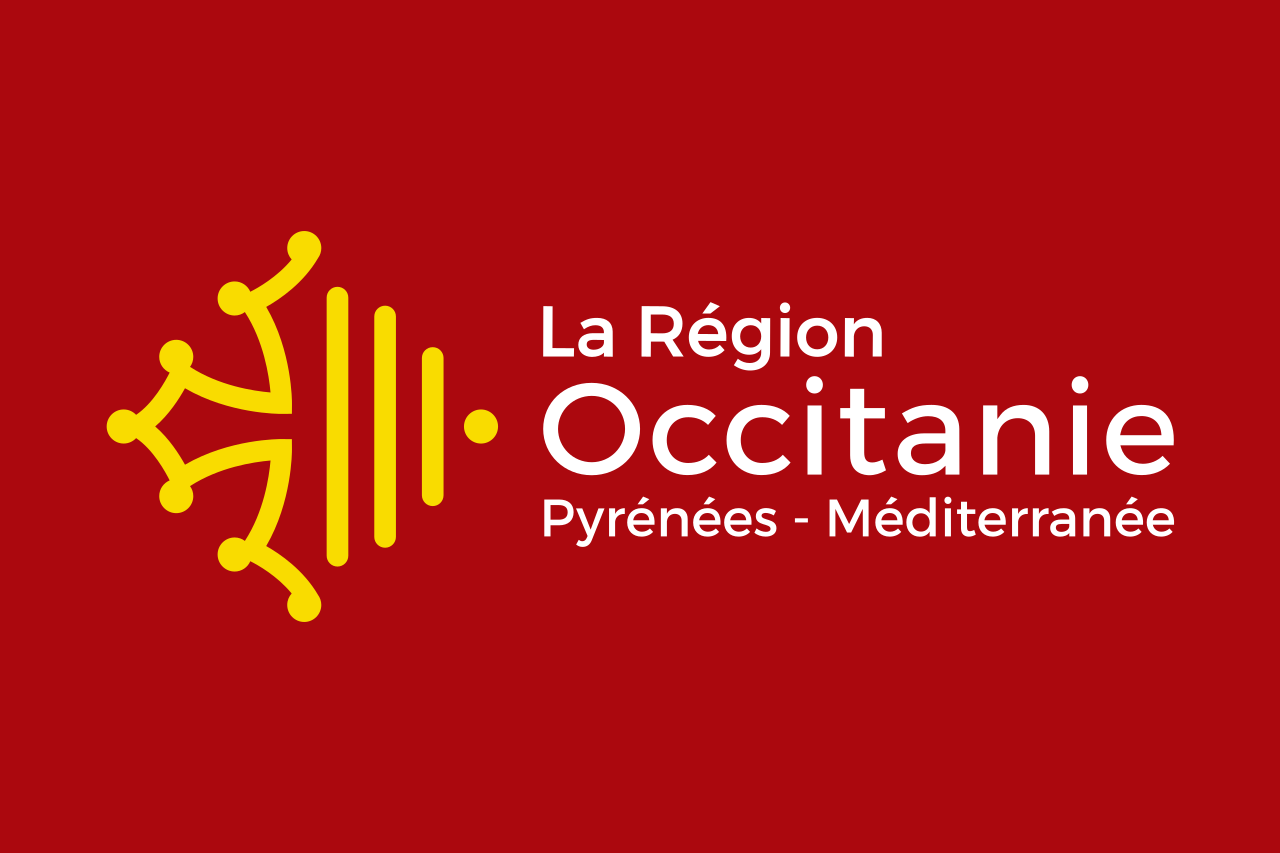 Occitania
Occitania
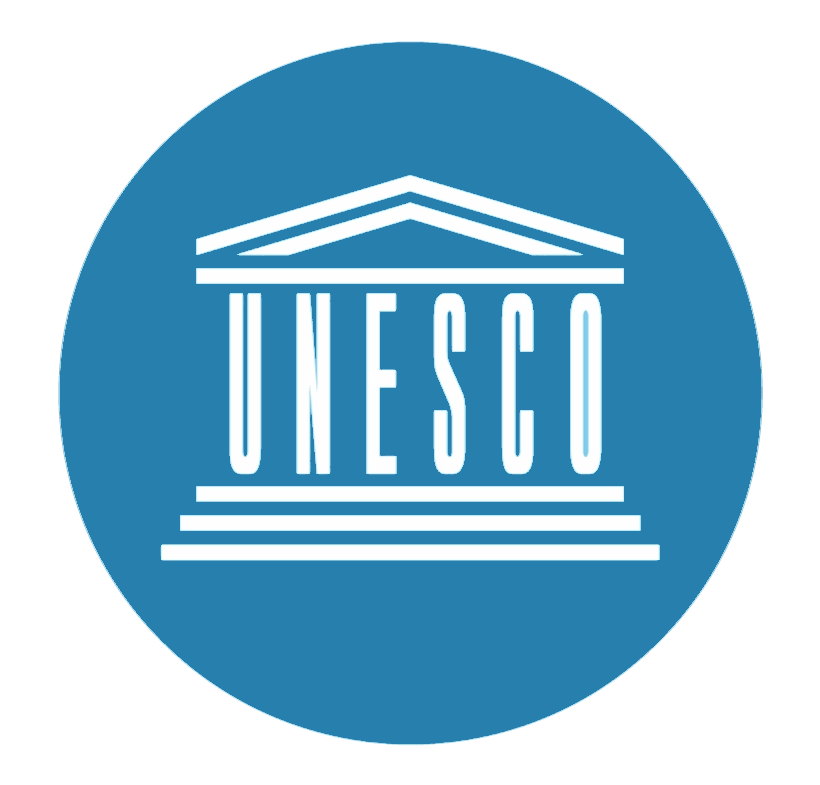 World Heritage
World Heritage
 Life and Style
Life and Style
 Religion
Religion
 Economy and trade
Economy and trade
 Art
Art
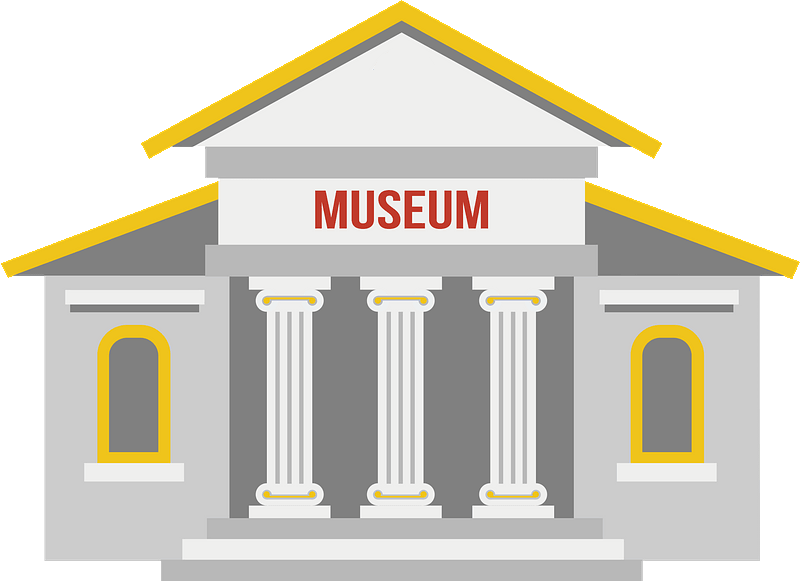 Museum
Museum


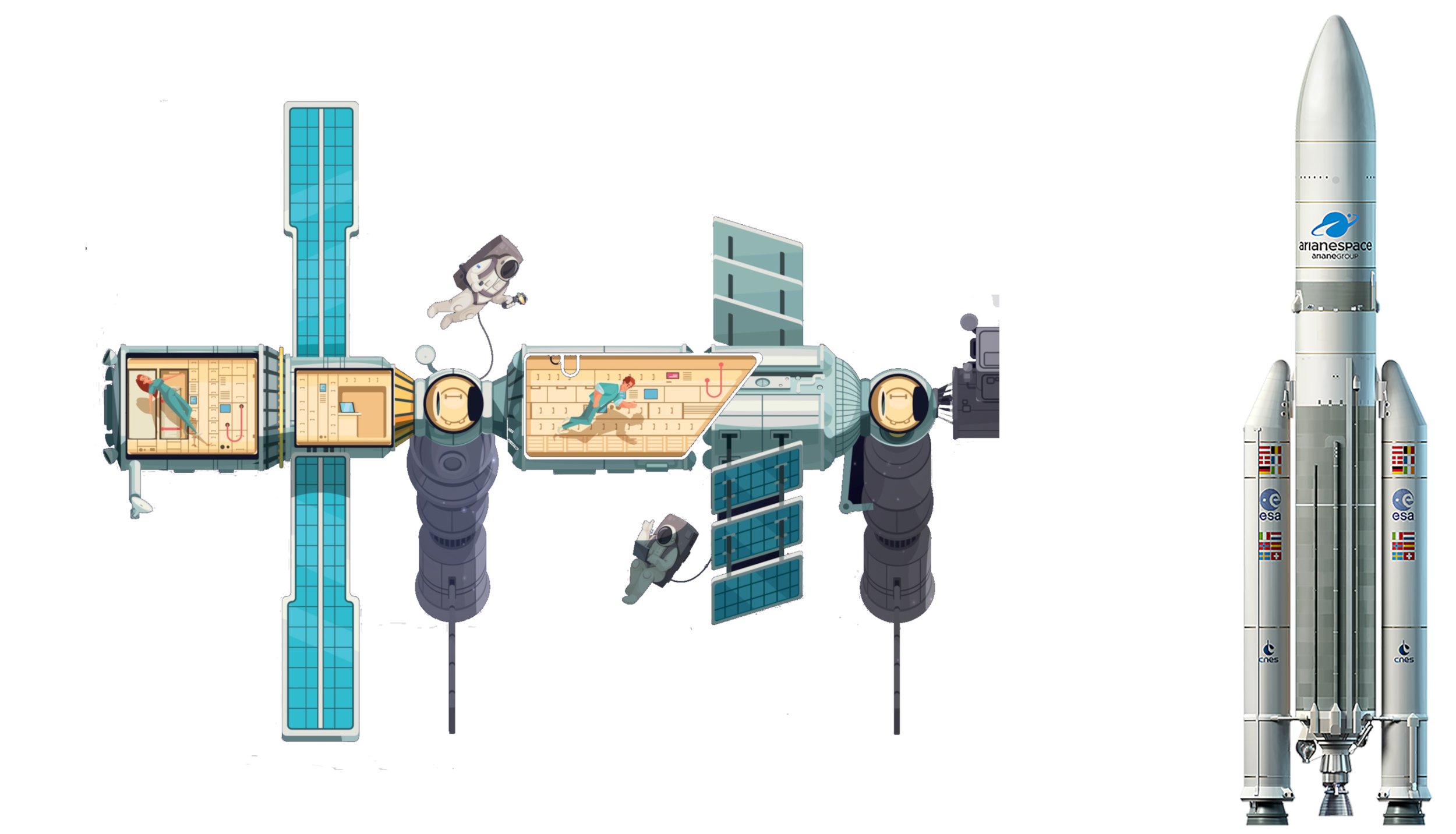 Aerospace
Aerospace